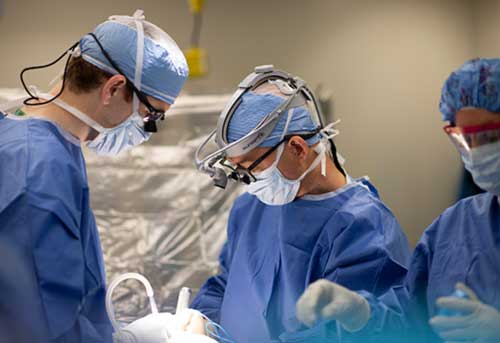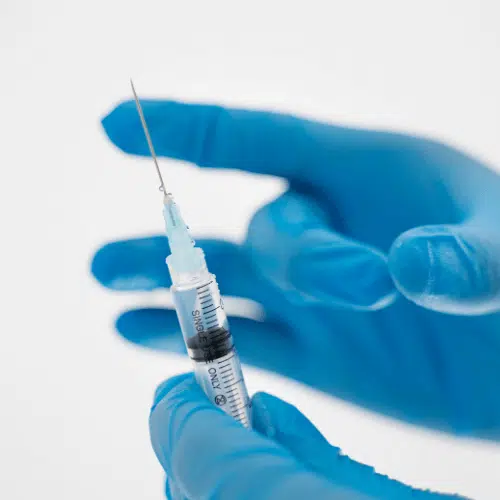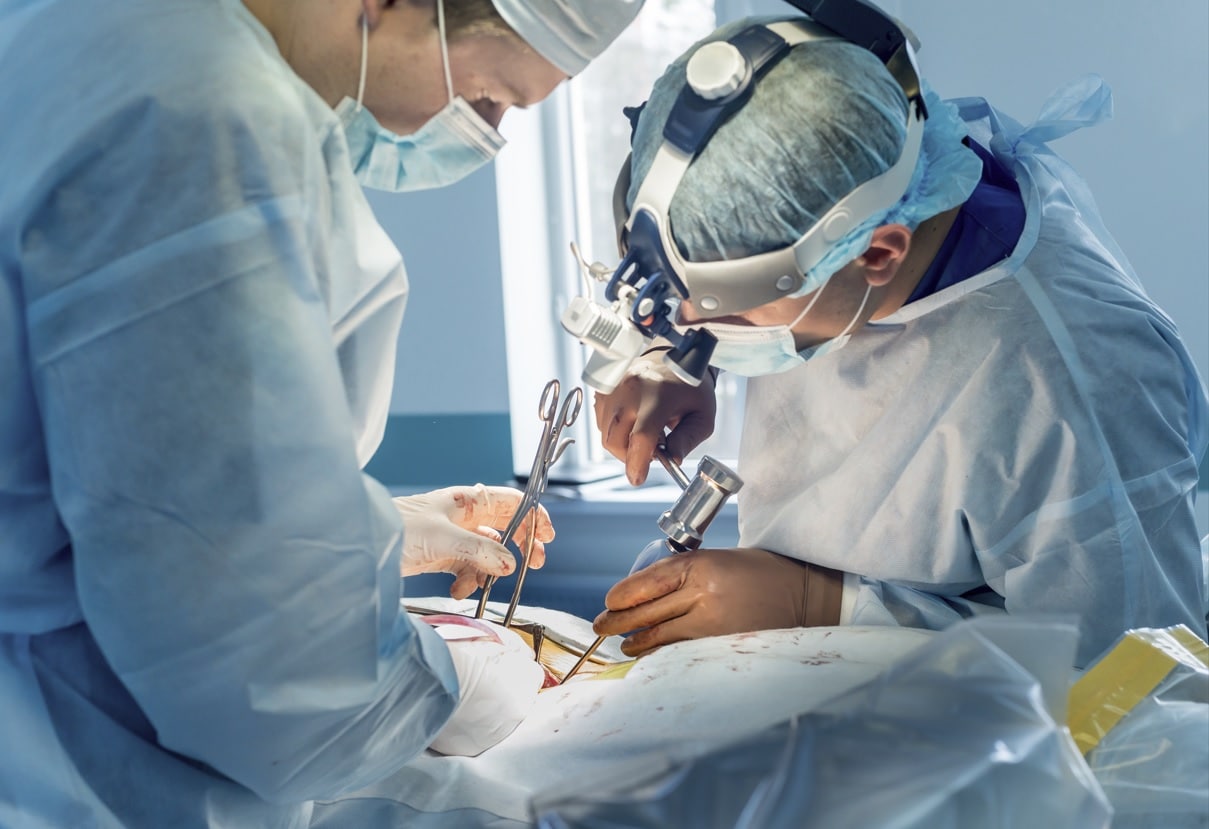Recognizing the Prices Involved with the Best Spine Surgeons in St Louis MO
Recognizing the Prices Involved with the Best Spine Surgeons in St Louis MO
Blog Article
An Overview of Spinal Column Problems That Typically Outcome in Surgical Treatments
When conservative treatments stop working to ease relentless signs and symptoms,Spine problems such as herniated discs, back constriction, and degenerative disc condition frequently demand surgical interventions. These conditions not only lead to significant discomfort but can also seriously impair everyday functioning and overall high quality of life. Comprehending the nuances of each condition and the matching surgical choices, such as discectomy or spine combination, is essential for reliable management. As we explore these problems additionally, it ends up being obvious that the decision-making procedure surrounding surgical treatment is multifaceted and warrants cautious factor to consider.
Herniated Discs
Although lots of individuals with herniated discs may discover relief via conservative therapies, surgery becomes a needed consideration when signs linger or aggravate - best spine surgeons in st louis mo. A herniated disc occurs when the soft inner gel of a back disc sticks out through its outer layer, possibly compressing neighboring nerves and leading to pain, feeling numb, or weak point in the extremities
Traditional management generally includes physical therapy, pain medications, and corticosteroid injections, which aim to reduce swelling and improve function. In cases where these techniques fall short to reduce devastating signs and symptoms, medical choices might be explored.
The most usual medical procedure for herniated discs is a discectomy, which includes the elimination of the herniated part of the disc to eliminate pressure on the affected nerve origin. In much more serious cases, spine blend might be necessary to maintain the affected vertebrae.
Individuals are suggested to discuss the prospective threats and benefits of surgical procedure with their doctor to make an informed choice. Eventually, the goal of any type of medical intervention is to bring back function, alleviate pain, and enhance general lifestyle for people experiencing herniated discs.
Spinal Constriction
Spinal constriction takes place when the rooms within the spinal column slim, resulting in raised pressure on the back cord and nerves. This condition can develop in different regions of the spinal column, including the cervical and lumbar areas, frequently due to age-related modifications, such as degenerative disc illness, arthritis, or thickening of tendons.
People with spinal constriction might provide with symptoms that consist of pain, pins and needles, tingling, or weakness, largely in the arms or legs. These symptoms can be intensified by activities that include standing or walking, often leading people to seek relief through traditional therapies like physical treatment, drugs, or epidural steroid shots.
Nevertheless, when these non-surgical interventions fall short to provide adequate alleviation, surgical alternatives may be taken into consideration. Typical surgical treatments for spine constriction consist of laminectomy, which entails the removal of part of the vertebra to minimize stress, and spinal blend, which supports the affected location.
Spondylolisthesis
Spondylolisthesis takes place when one vertebra slips ahead over an additional, leading to imbalance of the spine. This problem can arise from different variables, consisting of congenital issues, trauma, or degenerative changes in the spine. It is most commonly observed in the lumbar region, specifically at the L4-L5 and L5-S1 levels.

When non-surgical techniques stop working to relieve signs or when significant nerve compression is existing, surgical intervention might be required. Surgical options can include back blend or decompression treatments, aimed at restoring alignment and easing neurological signs and symptoms.
Degenerative Disc Condition
/0x0:512x512/prod01/channel_2/media/mccms/content-assets/academics/residencies-and-fellowships/spine-surgery-fellowship-minnesota/overview/final-512X512-OR710-2020-10-05_0007.jpg)
Patients with DDD often experience pain that might emit to the legs or arms, relying on the affected region of the back. The problem can be diagnosed through a combination of scientific analysis, imaging studies, and individual background. Therapy options commonly start with traditional actions, including physical treatment, pain management, and lifestyle alterations. When these approaches stop working to give appropriate relief, surgical treatments may be thought about.
Surgical choices for DDD may include back blend or synthetic disc substitute, focused on maintaining the influenced section and reducing pain (best spine surgeons in st louis mo). Eventually, the option of therapy is individualized, considering the seriousness of the problem, person wellness, and way of living aspects
Spine Lumps

Spinal growths can arise from numerous aspects, including hereditary proneness, ecological influences, and pre-existing clinical conditions. Clients may provide with an array of signs, consisting of local discomfort, neurological deficits, weak point, or adjustments in digestive tract and bladder function, depending on the tumor's size and location.
Surgical treatment may be called for to alleviate signs, acquire a biopsy, or eliminate the tumor great site completely. The objective of surgery is usually to decompress neural aspects and maintain the spine. Early discovery and treatment are important for maximizing outcomes in people with spine tumors.
Final Thought
In recap, spine conditions such as herniated discs, back stenosis, spondylolisthesis, degenerative disc condition, and spinal growths frequently demand surgical treatment due to their prospective to create significant discomfort and functional disability. While traditional treatments might use temporary relief, surgical choices end up being essential when symptoms get worse or linger. Timely diagnosis and intervention play a vital duty in recovering function and enhancing the lifestyle for afflicted individuals, highlighting the relevance of comprehensive spinal care.

Report this page